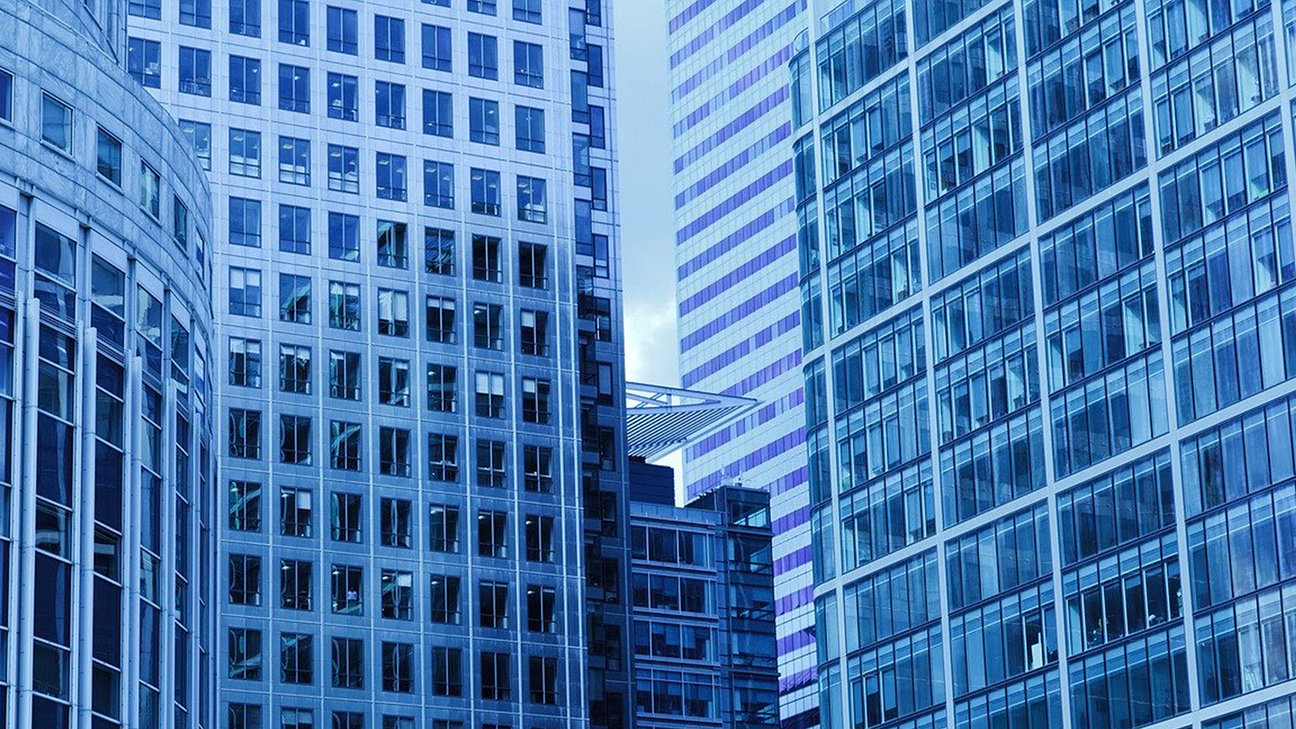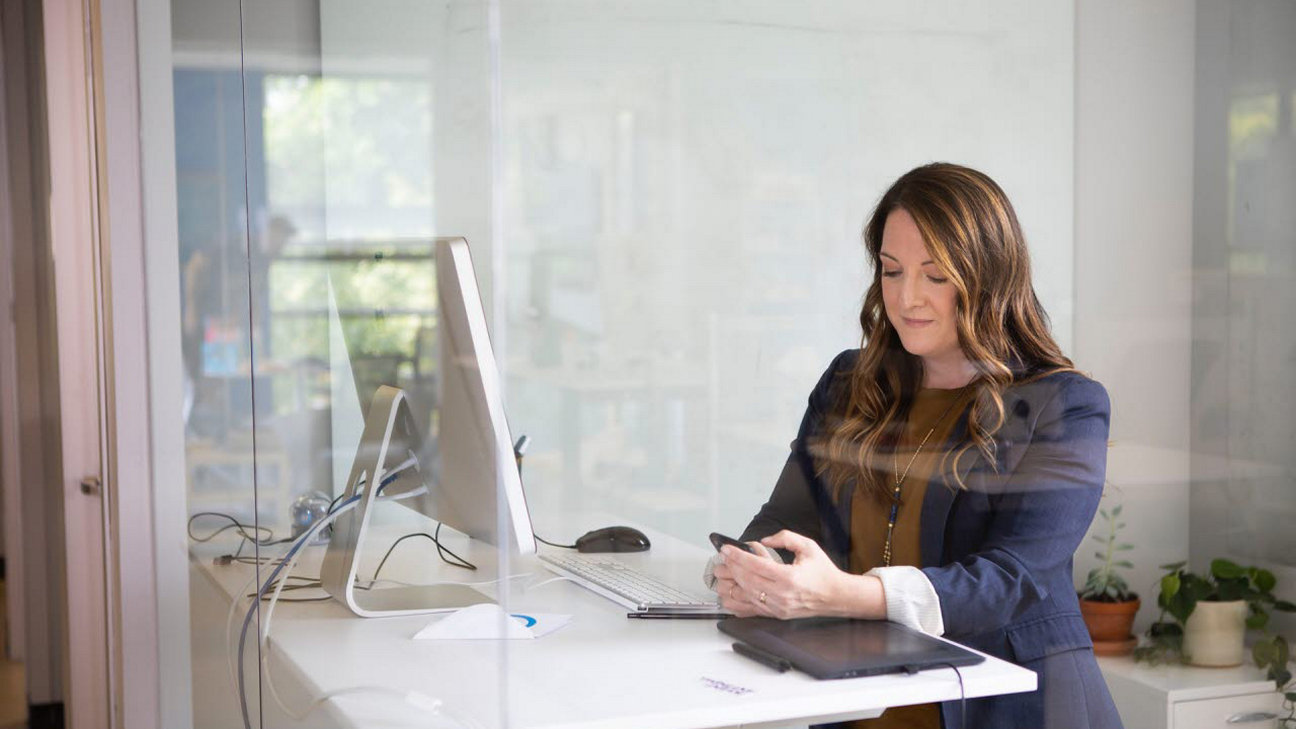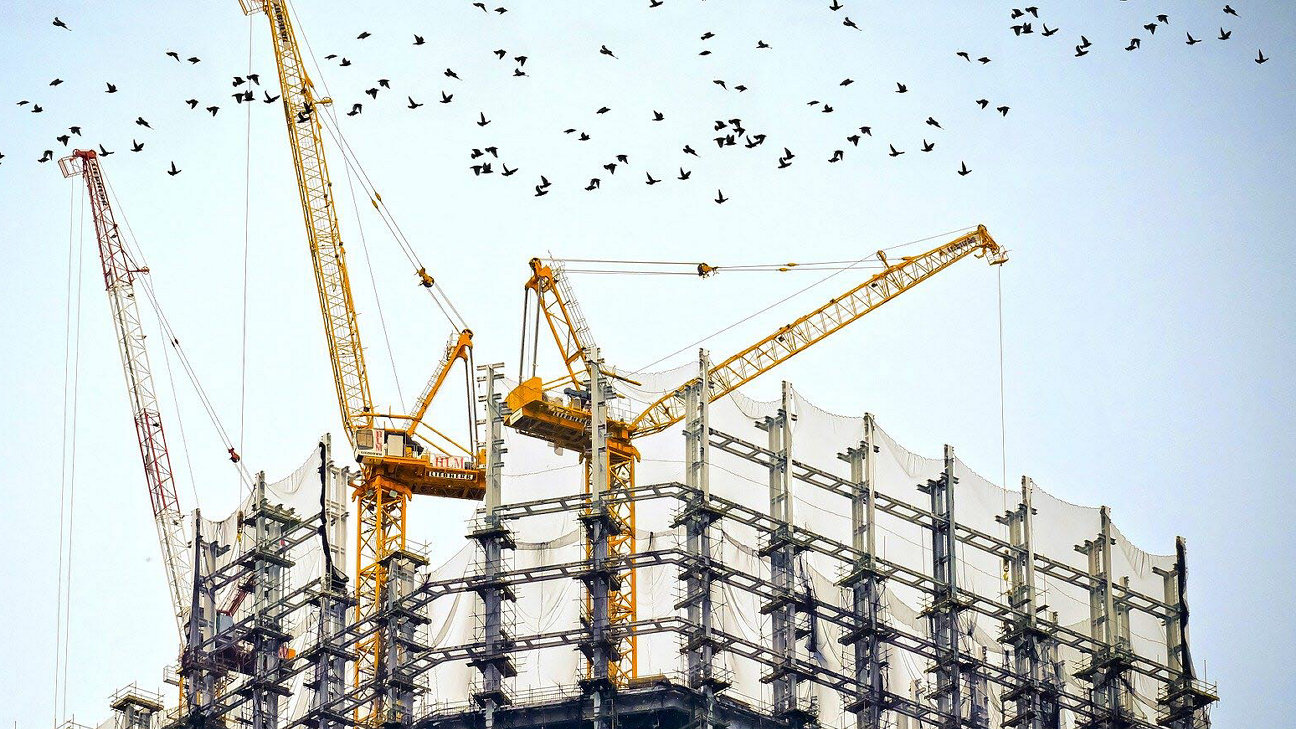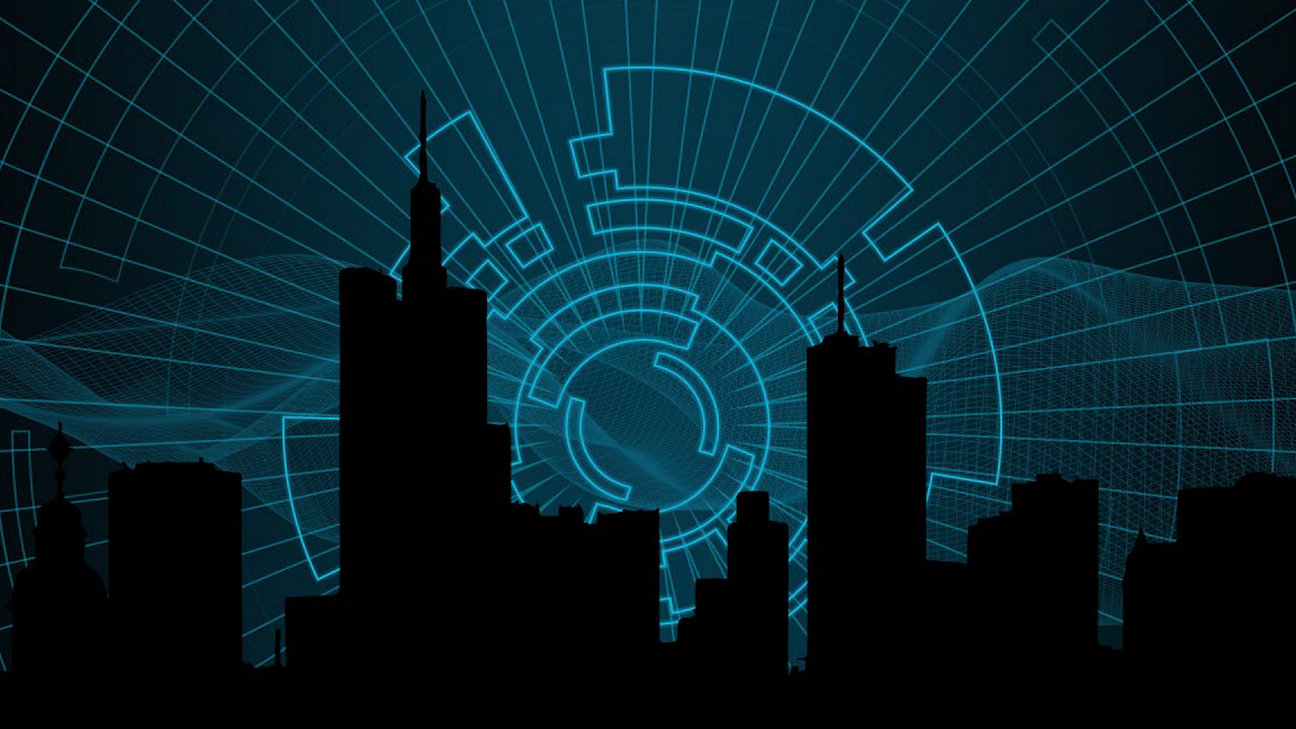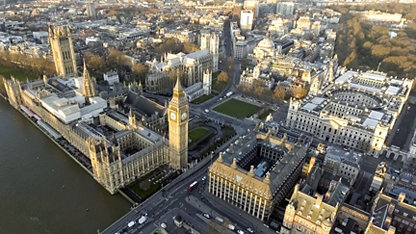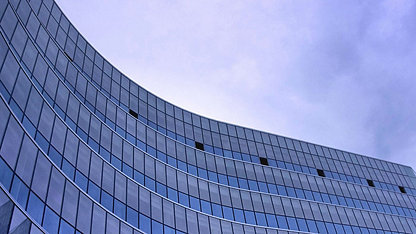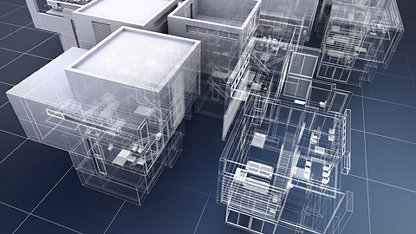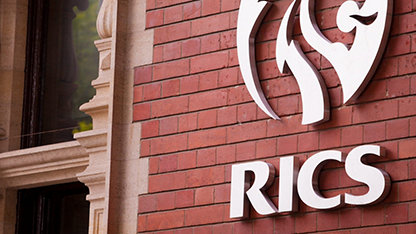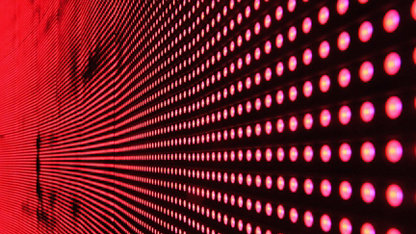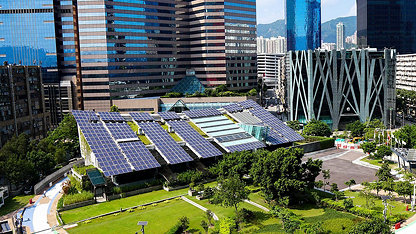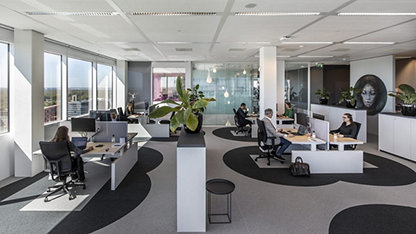There is no doubt that proptech will transform the built environment, and the way our industry operates. From the implementation of blockchain to improve the efficiency in transactions, to the rise of smart buildings utilising the Internet of Things (IoT) to revolutionise facilities management, or the use of machine learning and Big Data to understand the interplay between humans and the built environment, the possible applications of new technology are vast.
However, unlike the rapid adoption of transformative tech in other industries, real estate has seen far slower progress; while there are around 7,000 proptech companies globally, that represents less than one tenth of the number of fintech companies.
The catalyst of COVID-19
COVID-19 will act as a catalyst for technological adoption across the built environment, and especially within facilities management. But innovation won’t be limited to the immediate issues of ensuring safe building re-opening or enhancing resilience. Within facilities management (FM), professionals are taking the opportunity to reconsider the use of space, advising asset owners and users on the most effective use of buildings to meet changing demands of workforces, and improve asset monitoring and performance.
New technology is enabling more strategic decision-making, allowing FM professionals to deliver enhanced value and effect positive change in these uncertain times.
“New technology is enabling more strategic decision-making, allowing FM professionals to deliver enhanced value and effect positive change in these uncertain times ”
As we look to the future of the sector, we examine examples in several key areas where FM is already starting to realise the benefit of new technology:
1. Wellbeing in the workplace
Employees’ health and wellbeing has moved even further up the agenda in light of COVID-19. But technological advances have already opened up new opportunities for workspaces to promote healthy habits and activity.
With the advent of the IoT, it is now increasingly simple to scan codes, connect sensors, devices and mobile applications together to monitor incidental activity and utilise and repurpose space to promote wellness and activity.
For instance, UK-based StepJockey seeks to enable building occupants to ‘gamify’ their use of a building in order to increase their fitness. StepJockey surveys its clients’ buildings to understand where the hotspots are to disrupt people’s typical journeys and promote the use of stairwells. Once the general flow of foot traffic and building habits are understood, StepJockey installs a tailored network of optimal Smart sign stair prompts to nudge users in the right direction, and provides employees with an app to track their activity.
Adopted by Comcast NBC Universal, the technology-driven approach led to 90% of participants within its offices feeling healthier, and more than half now use the stairs more frequently.
2. Energy Efficiency
Sustainability remains high on the agenda for asset owners and users. With commercial and residential buildings consuming approximately 40% of primary energy in developed countries, improving energy efficiency of buildings is a low hanging fruit.
Energy monitoring is the starting point to understand the actual needs of a building. Breaking down total energy consumption in equipment can help to identify cases where lack of maintenance has led to high consumption, so that action can be taken to reduce it.
The use of IoT-based building management tools is revolutionising energy monitoring, as demonstrated by the experience of French energy company Engie, and its client INTERAMERICAN. Employing Yodiwo FM, an IoT-based building management platform that analyses real-time data collected from a wide range of a building’s systems and sensors, Engie was able to identify energy wasting events to make energy savings of 15% for its client, while fuel savings reached 46% within a few months of operation.
3. Optimising space utilisation
As asset owners and users consider working environments post-COVID, and the changing need for office space, optimising existing space is more important than ever. Yet according to the global Optimaze Workplace Review, on average 53% of workstations were already under-utilised or temporarily unoccupied.
A technology and data-led approach is vital to tracking utilisation, understanding patterns of behaviour, and ultimately improving employees’ experience and reducing excess costs. In Singapore, Cushman & Wakefield, working with space utilisation app Vantage Space, was tasked with supporting a client consolidate three disparate business units into one location, catering for different work styles and needs. The visualisation of the client’s workplace cultures and needs, combined with utilisation and occupancy data provided from Vantage Space’s informed this strategic decision-making.
The client could assess whether it was ready to become ‘agile’, how the design of its offices could be improved to meet its workforce’s competing demands, and crucially, where space and cost could be saved. For instance, when compared against booking systems, Vantage’s data demonstrated a 25% gap between the booking system and the actual occupancy rate of meeting rooms, representing significant wastage.
4. Data management
An increasing number of data inputs from the IoT through a growing number of connected devices and systems means that data quality and management has become even more important to the facility and asset management profession. Bringing together different data streams in a way that is simple to analyse and visualise is vital to efficient strategic facilities management and engagement with key stakeholders.
New technological innovations have emerged to address this challenge. For instance, Fabriq, a London-based tech company, provides an integrated web-based IoT platform that tracks energy and resource consumption as well as environmental parameters across assets. It connects the buildings assets with investors, contractors, service providers and tenants, to streamline building operations and performance benchmarking, and monitor and reduce energy and resource consumption. Not only does a single platform support more effective facilities management, through increasing automation of reporting and data input, it improves efficiency.
5. Security
The rising trend in building system integration and video content analysis is also undoubtedly a crucial aspect for the future of smart facility management.
Video content analysis is the capability of automatically analysing video to detect and determine temporal and spatial events. It makes surveillance systems more efficient, reduces the workload on security and management staff, and helps businesses capture the full value of their IP camera system.
In China, for example, Chubb Fire & Security was able to make use of new technology to efficiently improve security at Western Academy of Beijing, an international school of 1,400 students – and deliver facilities management benefits unobtrusively. Through installing panoramic and fisheye cameras, monitoring coverage was boosted without drastically increasing the number of cameras on campus. The new system supports automatic calls to police when pre-defined circumstances are met (such as a perimeter breach); smart search capabilities; facial recognition to locate a student within 30 seconds or allow real-time automatic gate operation for approved visitors.
About the author

Paul Bagust
Head of Property Standards, RICS
Paul is an experienced member of the department and has delivered many high quality projects and products including the Small Business Lease and Occupier Satisfaction Survey. He has responsibility for the Facilities Management, Management Consultancy, Public Sector, Auctioneering groups and general Commercial Property matters. Paul has specific responsibility for the development of professional guidance, pathways to membership of RICS and member engagement.




